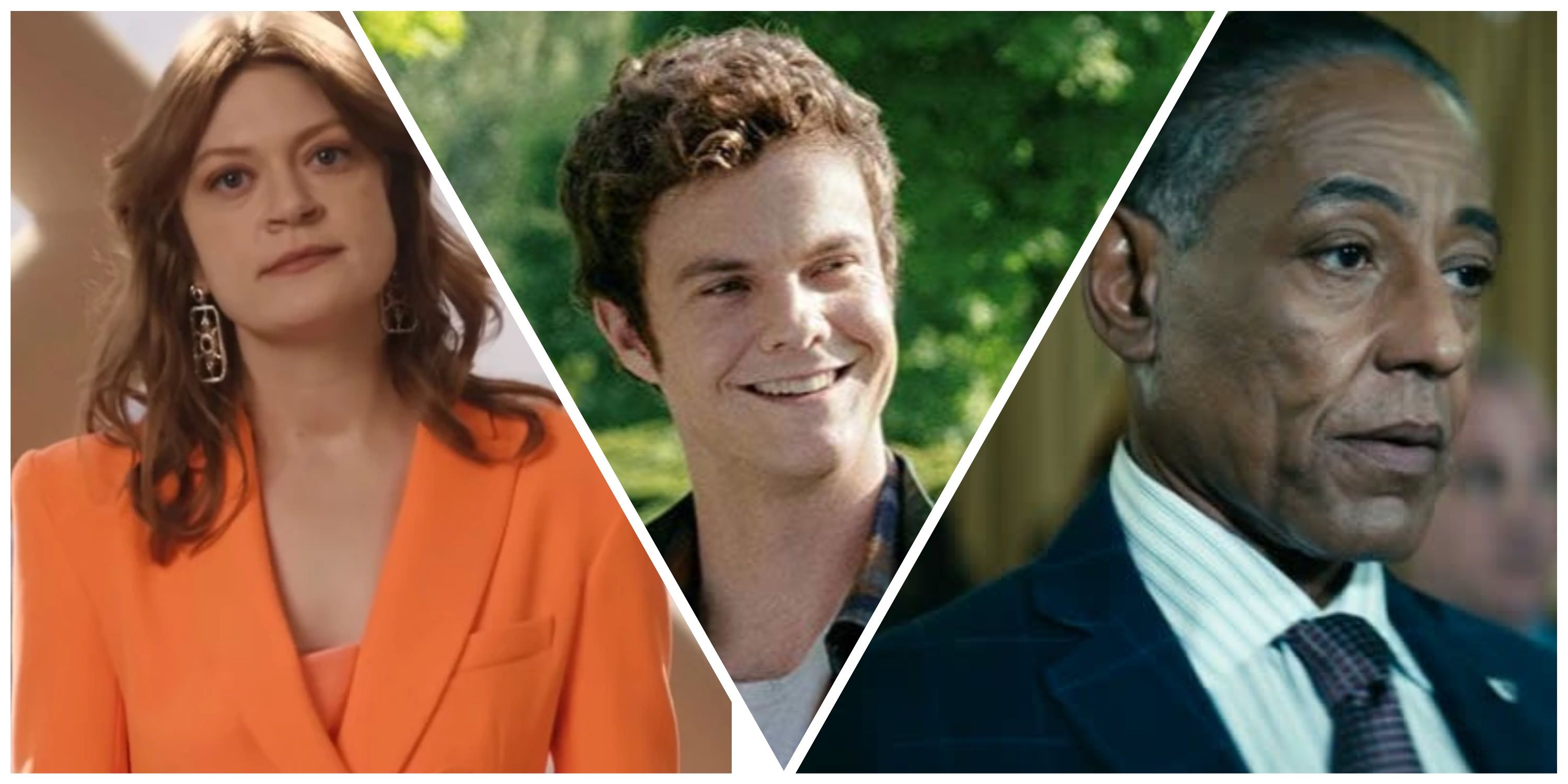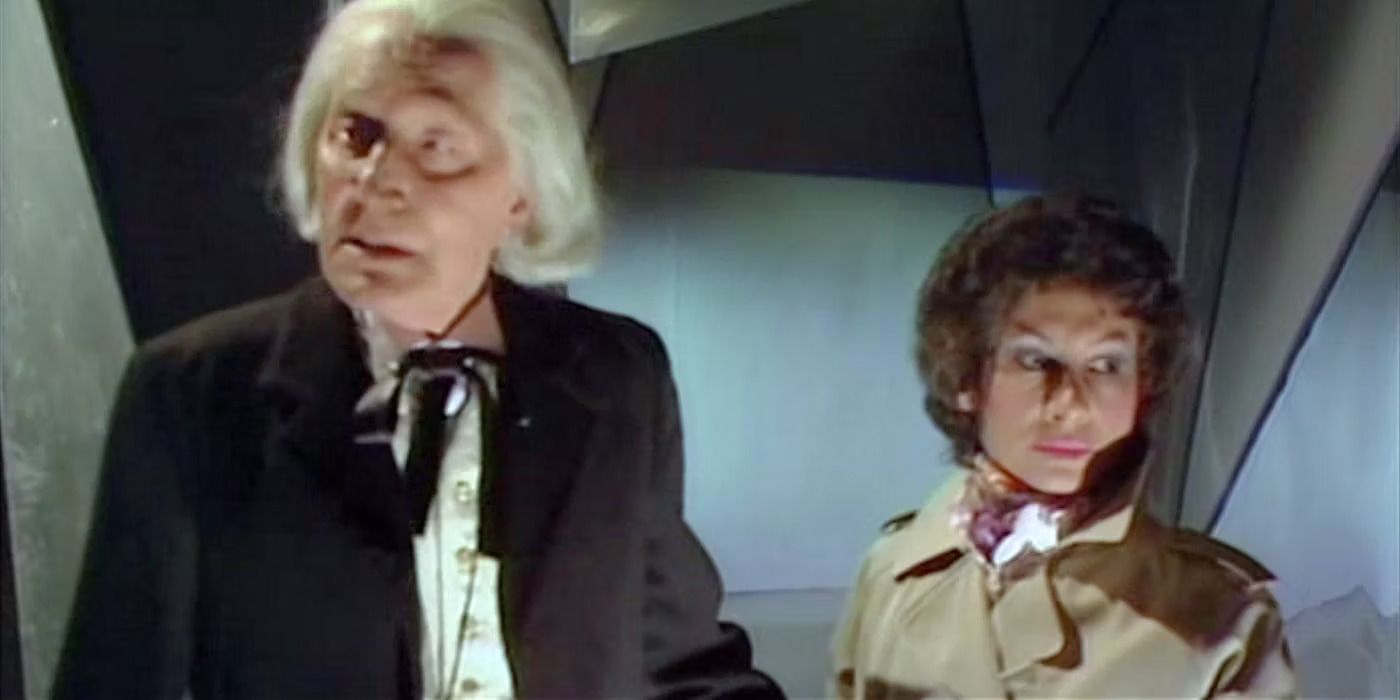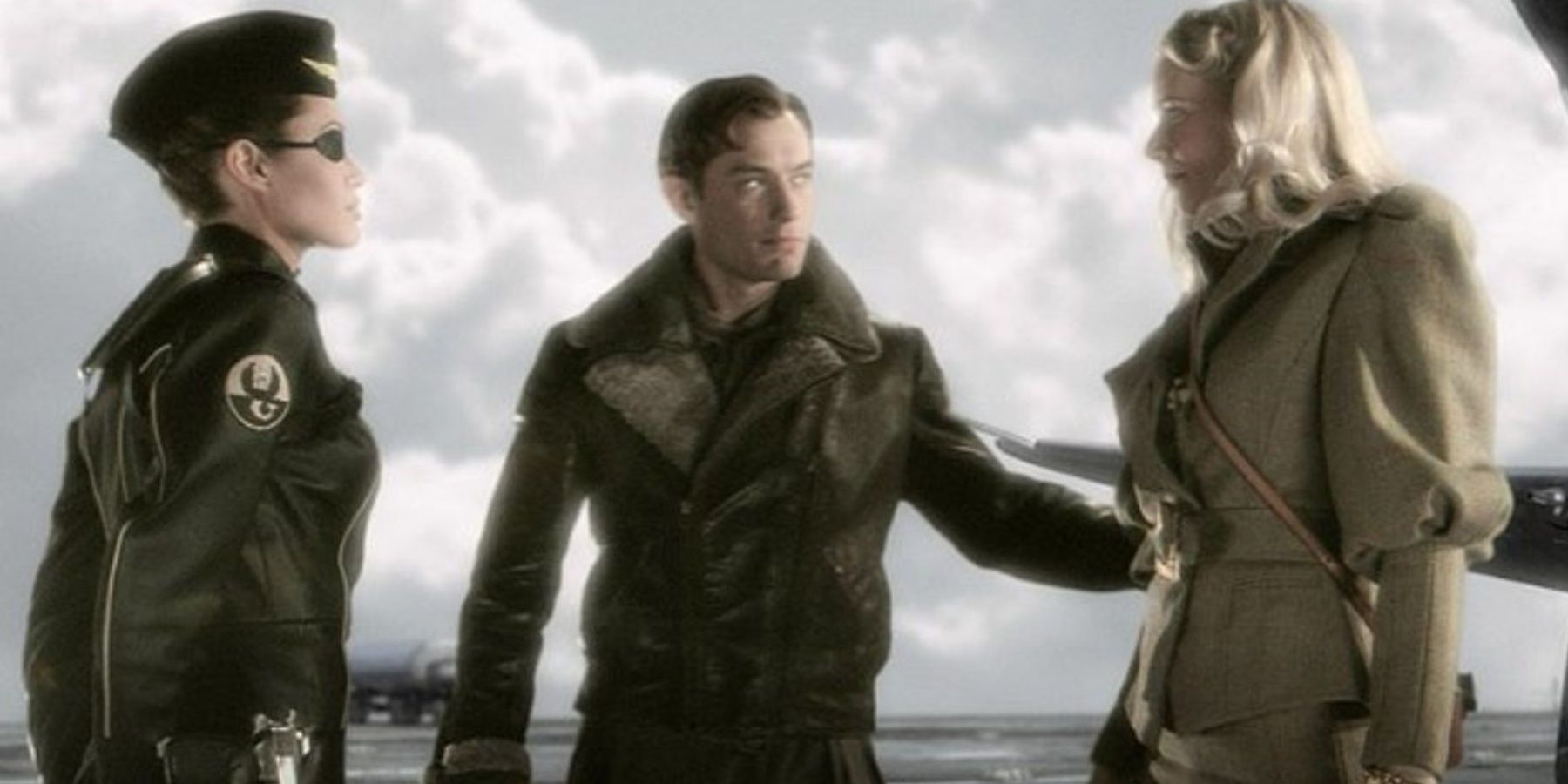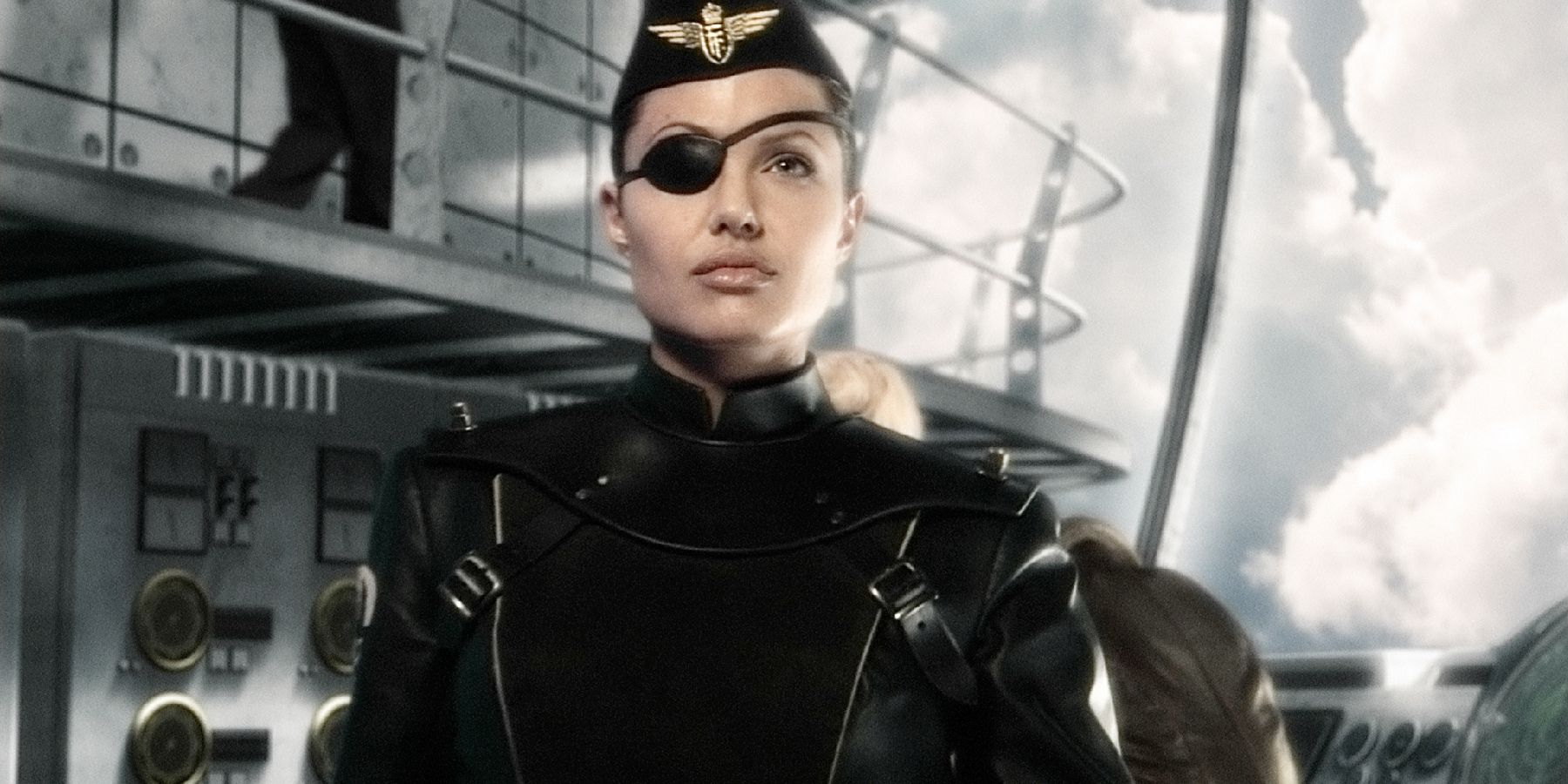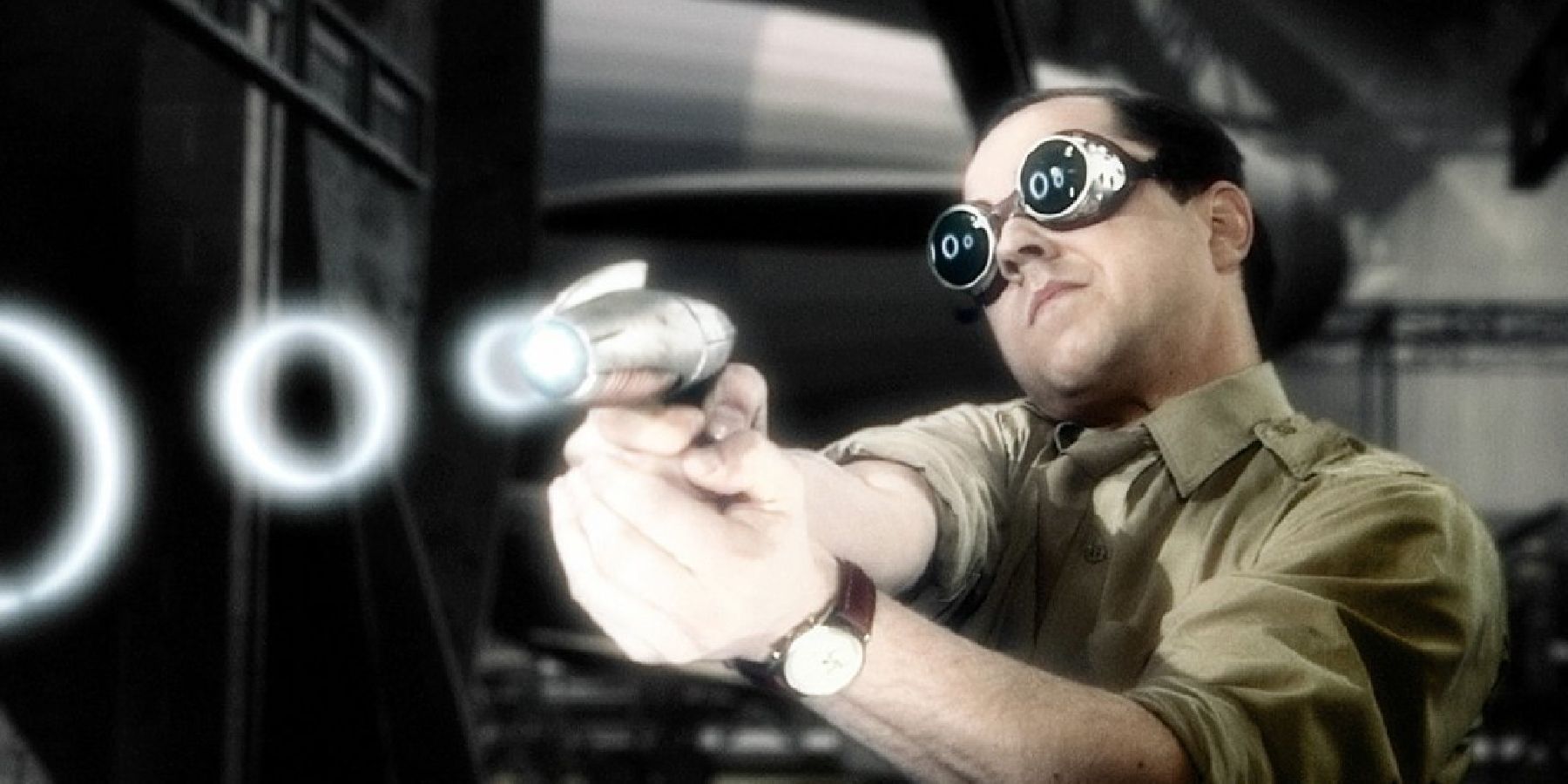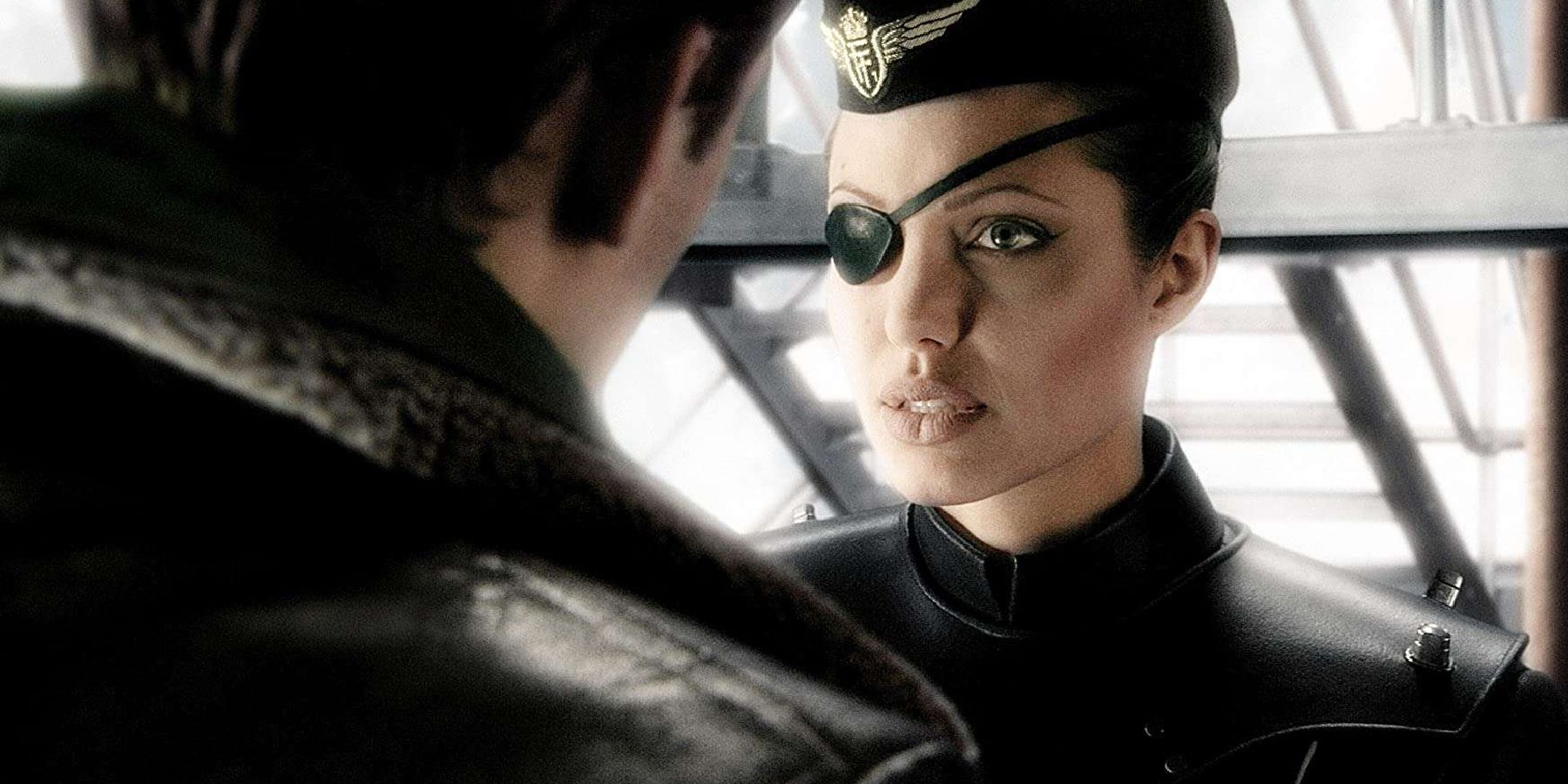Highlights
- Sky Captain and the World of Tomorrow, despite its star-studded cast, initially failed to find an audience due to word-of-mouth discouragement.
- The film's dieselpunk aesthetic, characterized by a blend of diesel engines, Art Deco design, and a pessimistic industrialization setting, sets it apart from traditional steampunk.
- Though Sky Captain and the World of Tomorrow didn't quite take off in its initial release, it has developed something of a cult following due to its unique aesthetic.
Who doesn't like movies about giant robots? American audiences, apparently. Sky Captain and the World of Tomorrow premiered in 2004 to promising numbers. It had the makings of being a cultural hit with star power such as Jude Law, Angelina Jolie, and Gwyneth Paltrow. Unfortunately, early predictions fell through as word of mouth quickly discouraged audiences from spending their money on this experimental film.
Perhaps Sky Captain was ahead of its time and premiered before audiences were ready for a cinematic comic book treatment. Its dieselpunk aesthetic was going to be an uphill battle with general audiences, but director Kerry Conran had a vision and nothing was going to stop him from bringing it to life. Now, nearly two decades later, this blockbuster flop is picking up steam with some fans, putting it in the "cult following" section of films similar to Donnie Darko or Clue.
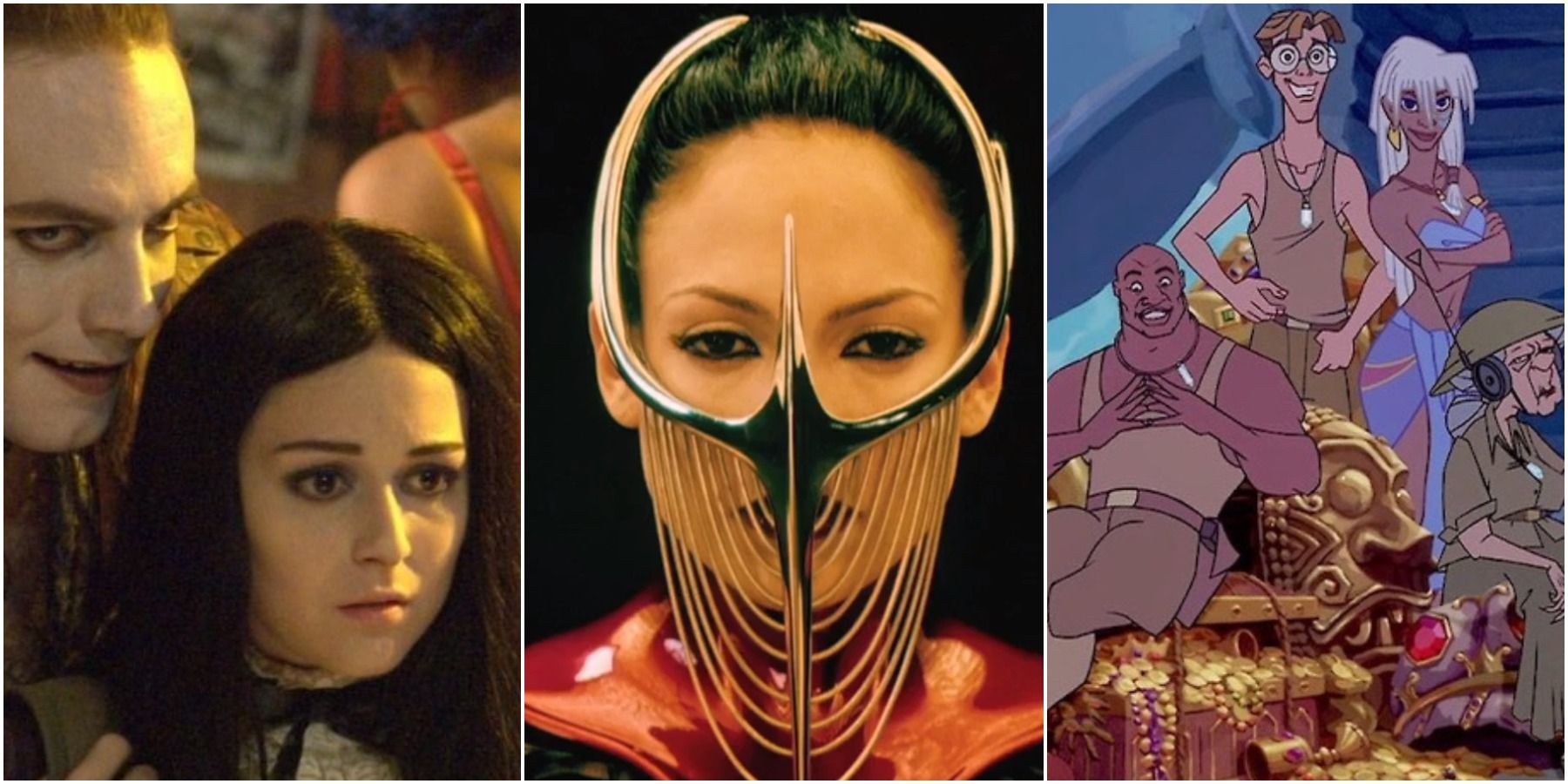
10 Underrated Sci-Fi Movies From The 2000s & Where You Can Stream Them
The 2000s saw an eclectic mix of sci-fi movies that should still please fans of the genre even after all these years.
What is Sky Captain and the World of Tomorrow About?
When giant robots attack New York City, Joe "Sky Captain" Sullivan (Jude Law) jumps to action in pursuit of truth and justice with his secret air force. Meanwhile, his ex-flame Polly Perkins, played by Gwyneth Paltrow, chases down a story about missing renowned scientists as a journalist for the New York Chronicle. Eventually, Sky Captain and Polly reunite as their paths collide and they travel all across the globe to find the missing scientists and the cause of their disappearances. Their journey takes them from New York to Nepal to Tibet where they discover a scientist named Dr. Totenkopf is behind the series of attacks.
Dr. Totenkopf, like any good mad scientist, is hellbent on world domination. He believes that the world as it exists has failed and humanity has run its course. He wants to jumpstart a new world that he dubbed "The World of Tomorrow." Pretty catchy, right? The entire style of the movie from the acting to the plot is meant to catch a few laughs as it's intentionally campy. Unfortunately for Dr. Totenkopf, Sky Captain, Polly, and Sky Captain's team are diligent and refuse to quit until they've saved the world.
Sky Captain's Dieselpunk Aesthetic, Explained
What happens when an art director combines the look of Indiana Jones and Sin City? They create Sky Captain and the World of Tomorrow. While many artists and audiences would say that Sky Captain takes place in a steampunk setting, it's actually a derivative of steampunk known as dieselpunk. As the name suggests, it includes the use of diesel engines. Beyond that, the architecture and product design very much takes inspiration from the Art Deco style.
Steampunk bases its style more on an optimistic Victorian era, whereas dieselpunk marries itself to the merging of technology from both World Wars, placing it in a more pessimistic setting. It's dirty and greasy, less about adventure and more about the worst parts of industrialization. As seen in Sky Captain, there's a big focus on militaristic groups with fascist tendencies. While that can happen in any genre, it's more prominent in a dieselpunk setting because of the heavy WWII influence.
Philip K. Dick's The Man in the High Castle, Robert Harris's Fatherland, and Philip Roth's The Plot Against America are a few examples of dieselpunk literature. They commonly take place during the diesel era known as the interwar period, which takes place at the end of World War I and the beginning of World War II. The 1930s industrial designer Norman Bel Geddes heavily influenced Sky Captain's director along with the aesthetics of 1930s and '40s comic books that he grew up with.
The cinematography is a blend between live-action and animation in a sepia tone. Conran intended this to give the audience a nostalgic sensation similar to that of an old photograph. The other artistic choices such as airplanes traveling over a map are reminiscent of Indiana Jones while the acting is something seen in old serials of the '30s. Or rather, it's more reminiscent of the wackiness from Star Trek: Voyager's "Adventures of Captain Proton."
How Does Sky Captain and the World of Tomorrow End?
When Sky Captain and Polly infiltrate Dr. Totenkopf's lair, they trigger a holographic recording of himself divulging his plans, like every good mad scientist who loves to hear themselves talk. Totenkopf intended to rid the world of humans and rebuild it in his image, creating a master race. Unfortunately for him, he died 20 years prior to the movie's start. His mummified corpse sits with a paper clutched in his hand that reads "Forgive me." Who initiated the attacks then?
Dr. Totenkopf's robots took it upon themselves to continue his plans by loading pairs of animals into a rocket, a la Noah's Ark, along with a pair of vials that Polly acquired earlier in the film. These vials contain the genetic material for a new Adam and Eve that would repopulate the Earth. Sky Captain takes off to stop the "ark," which is a rocket designed to carry the animals and incinerate Earth. Polly follows him, despite his wishes and even knocks her unconscious.
While in the rocket, Polly ejects all of the animals in escape pods while Sky Captain fights an assassin robot and disables the rocket before it can incinerate the planet and everyone on it. Luckily, the robot contains just the tool to disable the rocket and itself. When Sky Captain Joe gets the better of the robot, he uses its electric weapon on the rocket and then the robot before Polly pulls him into an escape pod of their own. Being the journalist that she is, Polly goes to take a picture of the released animals as they parachute down to the ocean. However, she decides she would rather keep the memory of her and Joe saving the world.
After she snaps a picture, in classic 1930s serial fashion, Joe points out that she forgot to remove the lens cap.

